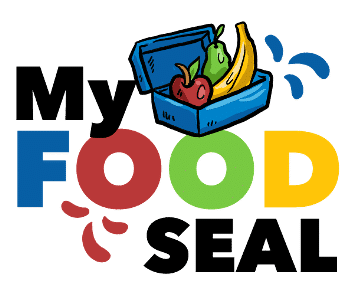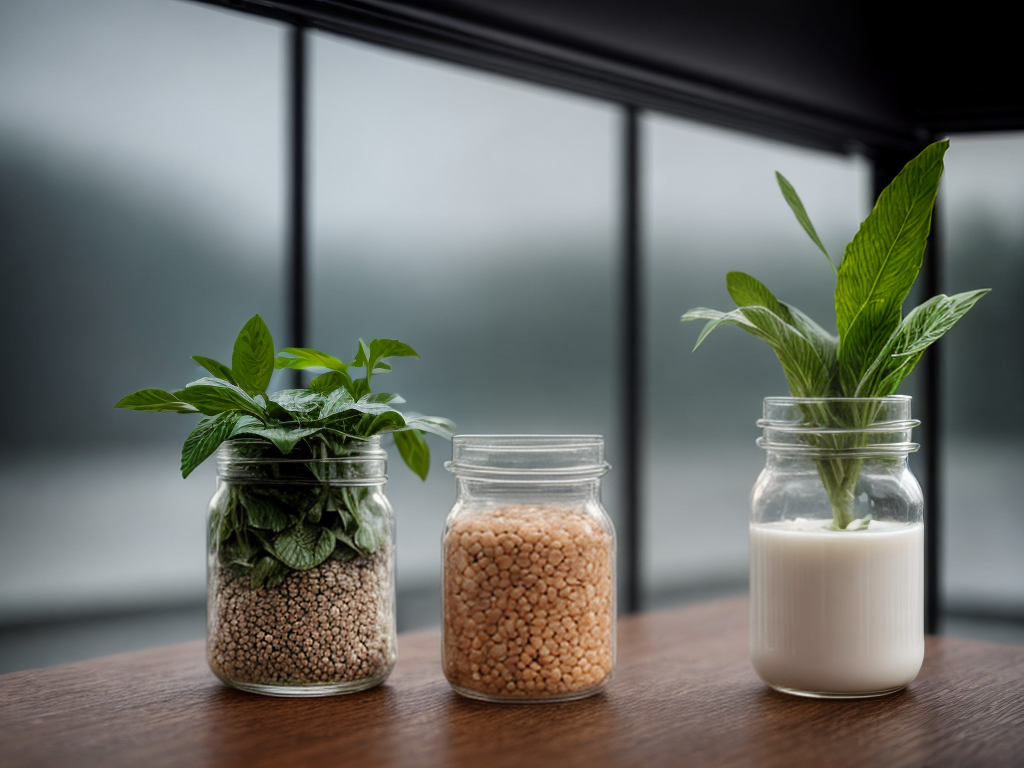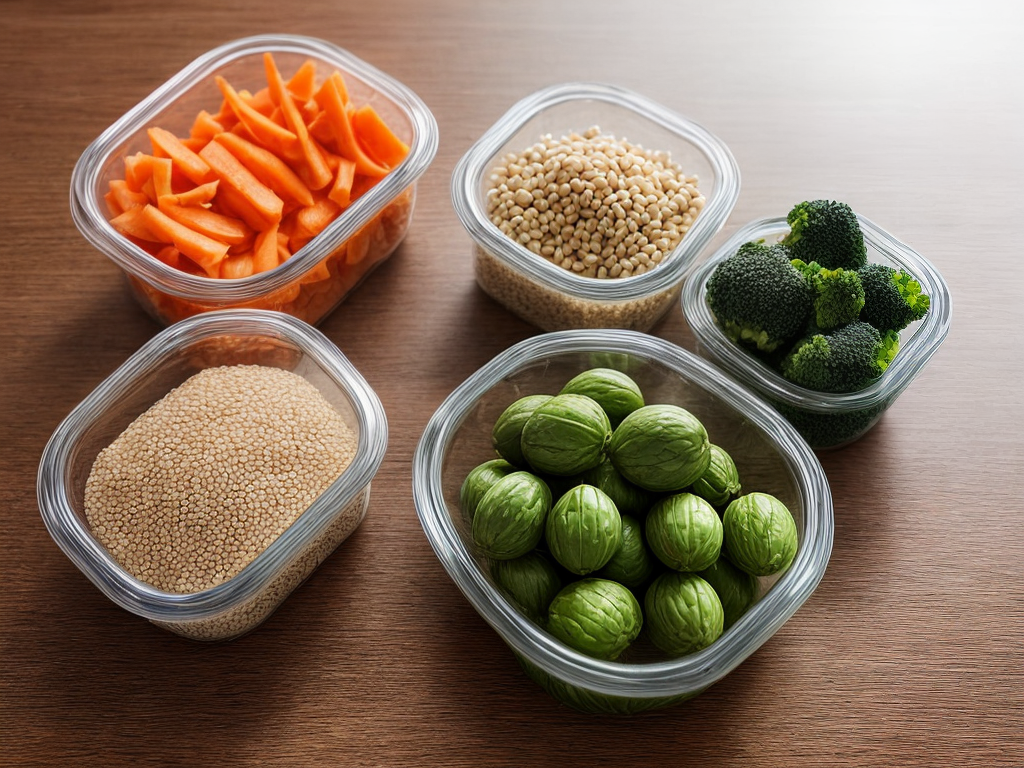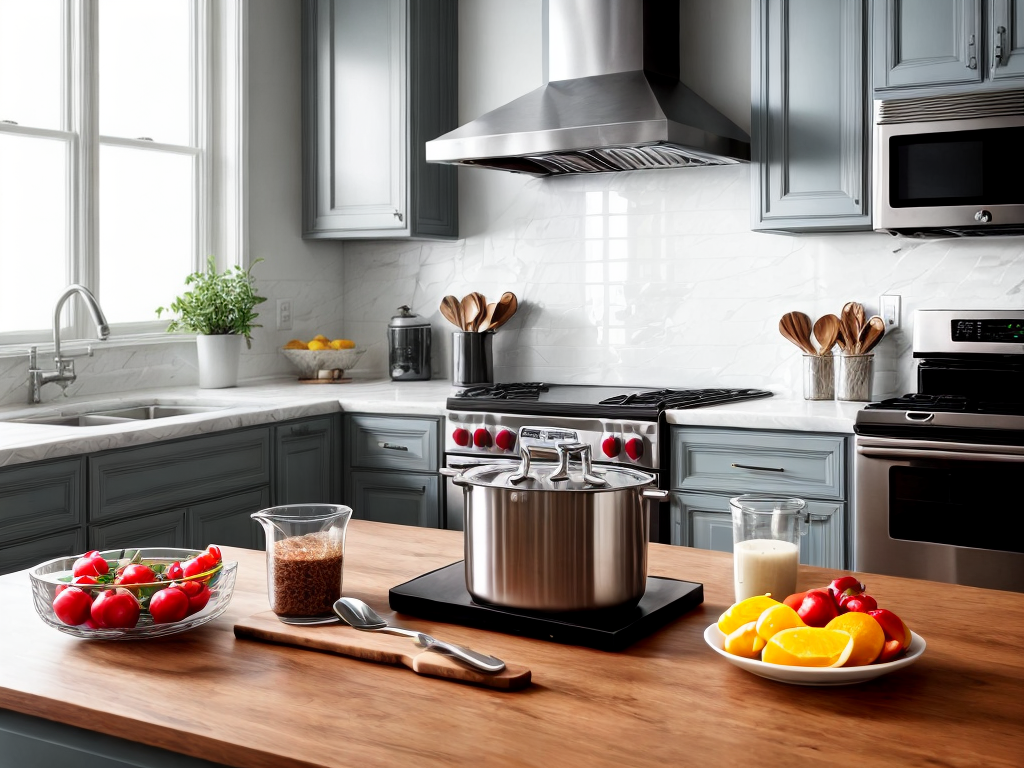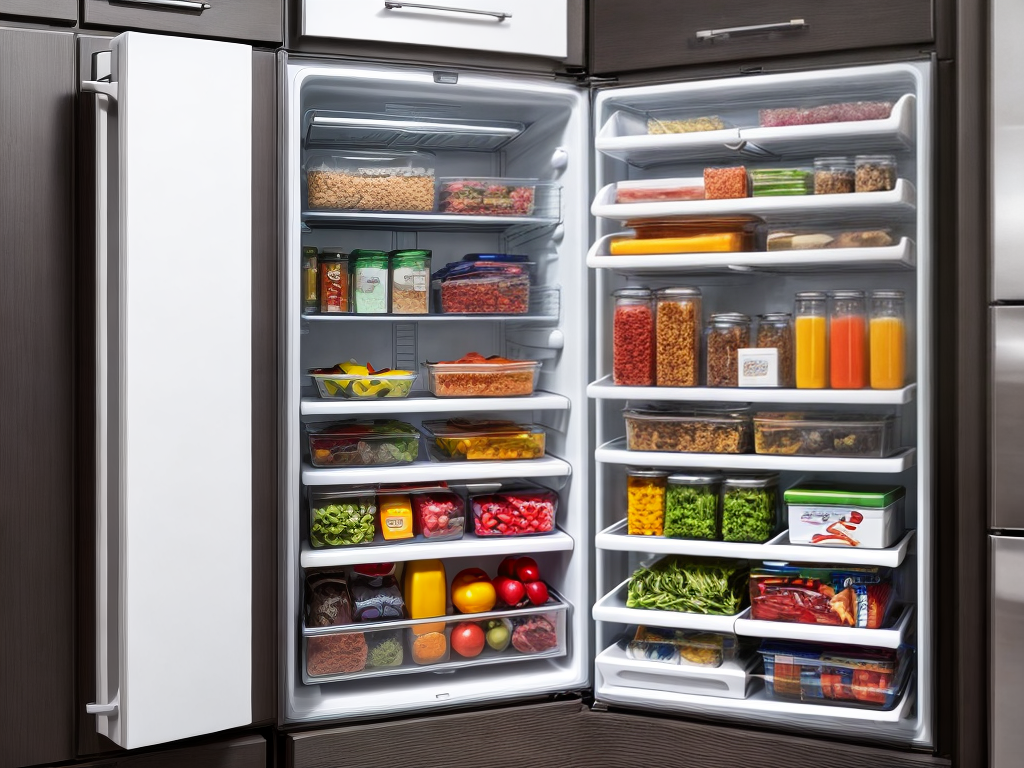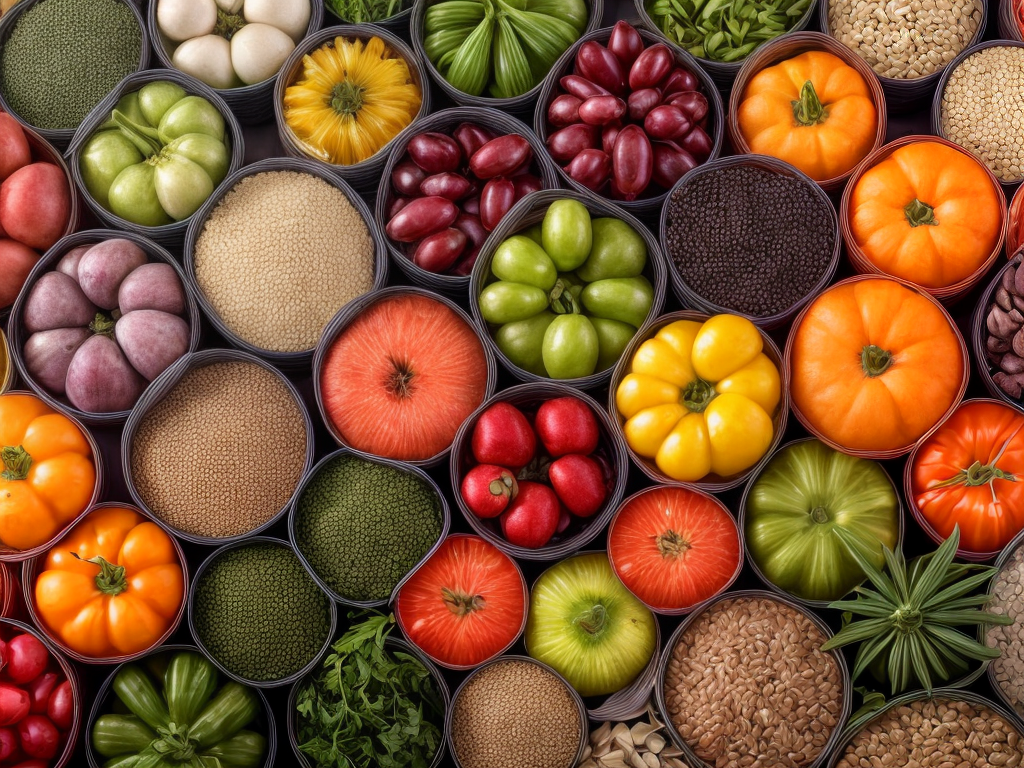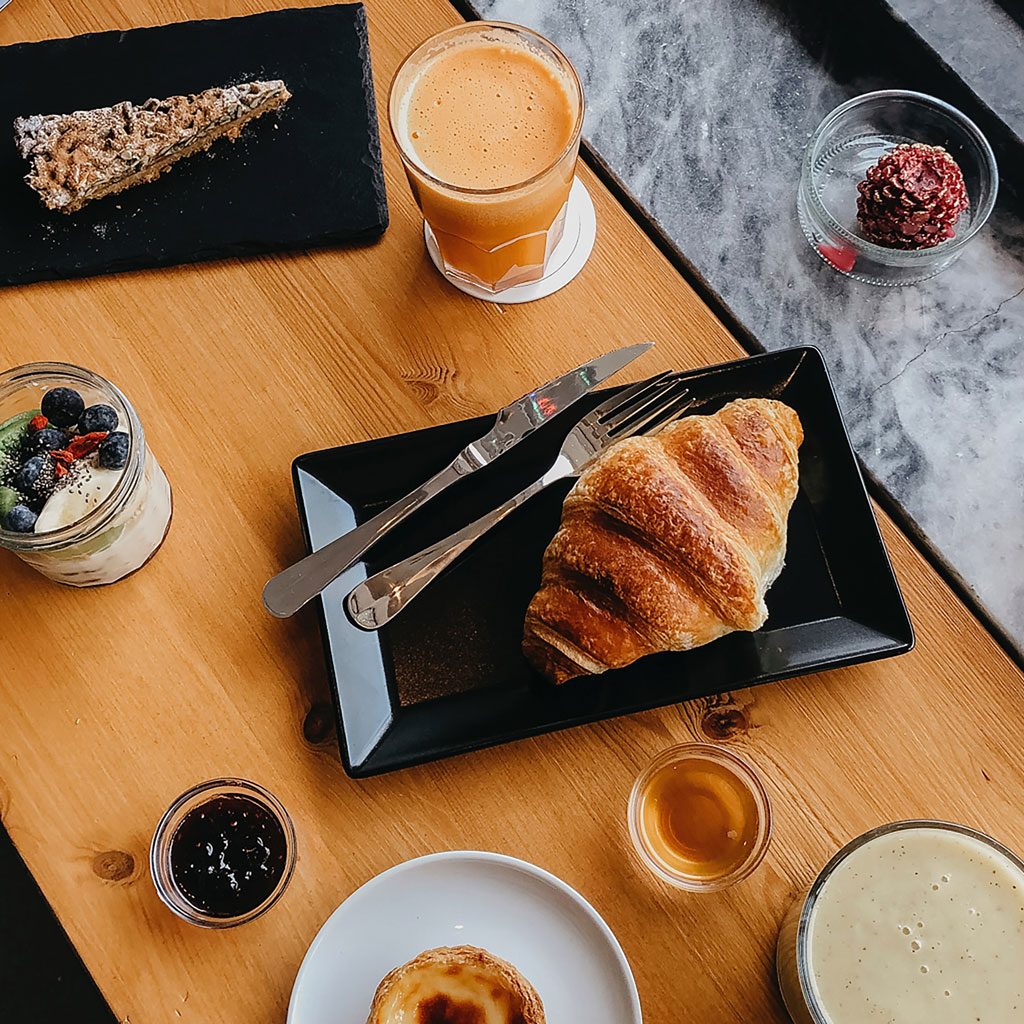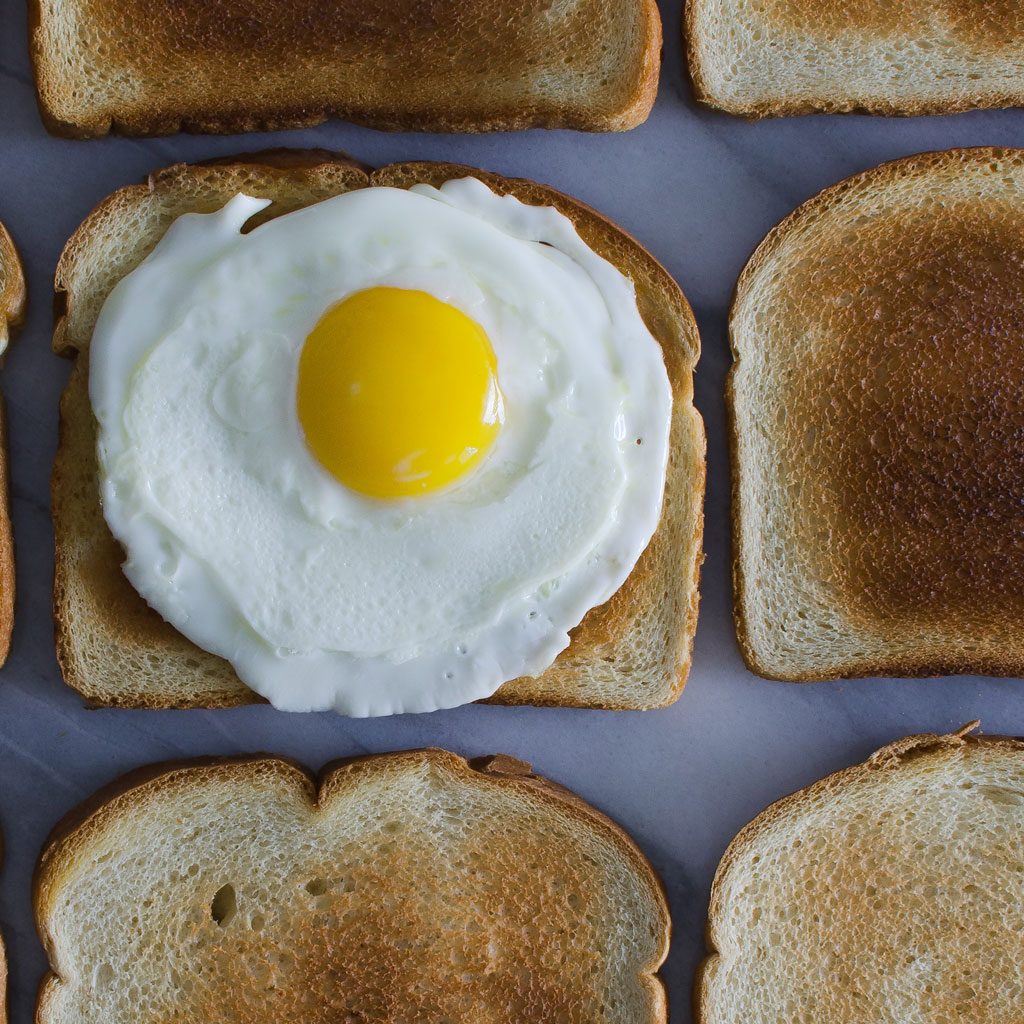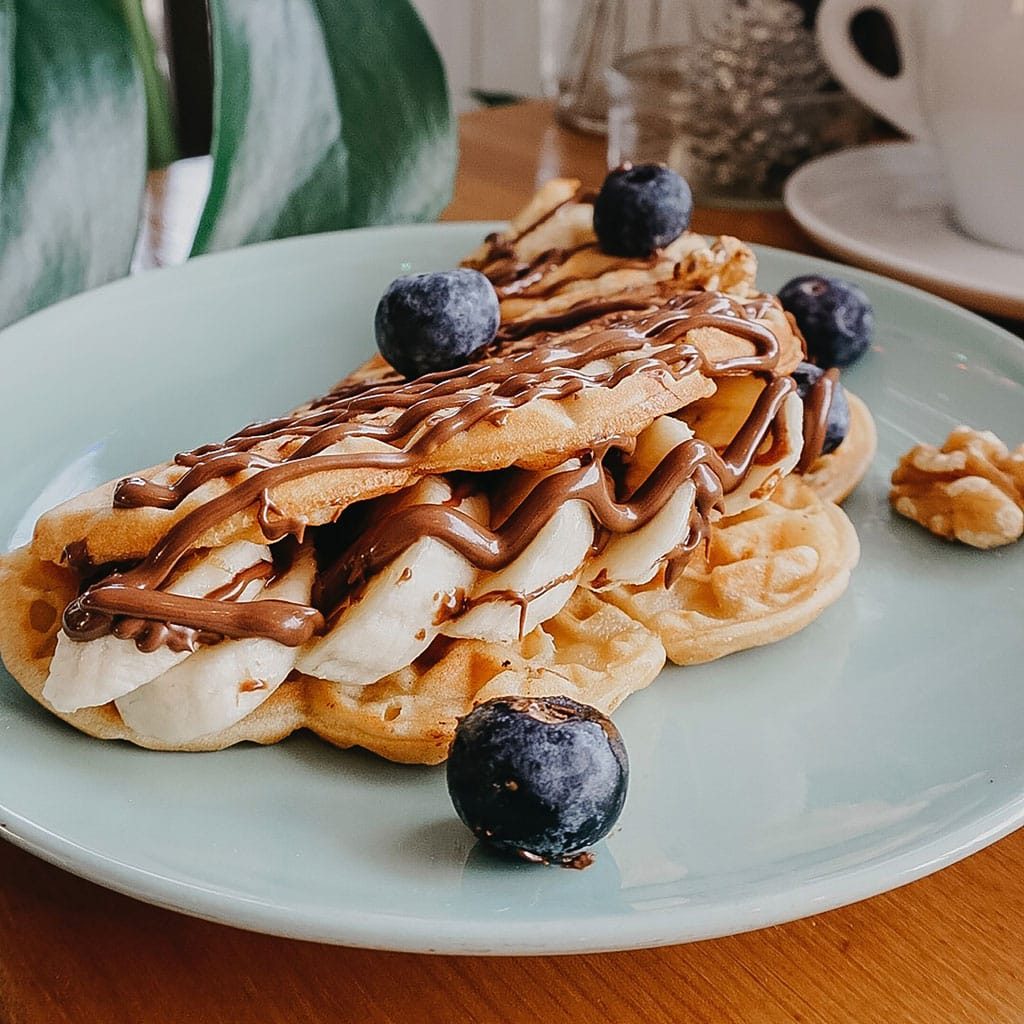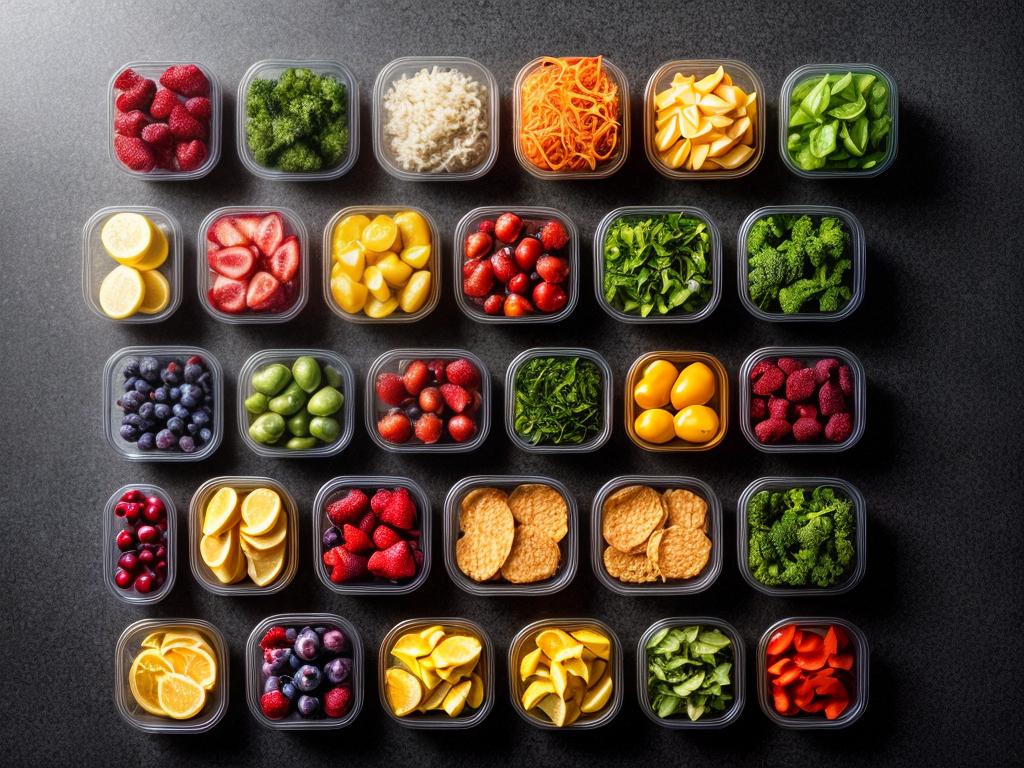
Flash freezing, proper packaging, pre-freezing techniques, freezing fruits and vegetables, advanced thawing methods – these are just a few of the advanced freezing techniques that can significantly extend the shelf life of your food while preserving its quality and taste. But why settle for basic freezing methods when you can take your food preservation skills to the next level? In this discussion, I will reveal some lesser-known techniques that will revolutionize the way you freeze and thaw your food, ensuring it remains fresh and delicious for months to come. So, let’s dive into the world of advanced freezing techniques and unlock the secrets to preserving food like a pro.
Flash Freezing: The Key to Locking in Freshness
What is the secret to preserving the freshness of your food? Flash freezing holds the answer. This advanced freezing technique, also known as quick freezing, is the key to locking in the quality and taste of your food. Unlike traditional freezing methods, flash freezing rapidly lowers the temperature of food to well below freezing point, preventing the formation of large ice crystals. These large ice crystals can damage the structure of the food, leading to a loss of texture and flavor upon thawing.
Flash freezing preserves the quality of your food by minimizing the formation of ice crystals. When food is quickly frozen, the water molecules inside the food freeze into tiny ice crystals. These small crystals do not cause significant damage to the food’s cellular structure, resulting in better texture and taste when the food is thawed. Additionally, the quick freezing process helps to retain the natural colors, nutrients, and overall freshness of the food.
To achieve the best results with flash freezing, it is important to ensure that the food is properly prepared before freezing. This includes washing, peeling, and cutting fruits and vegetables, and properly packaging them to prevent freezer burn, which will be discussed in the next subtopic. By mastering the technique of flash freezing, you can enjoy the benefits of preserved quality and freshness in your frozen food.
Proper Packaging: Protecting Your Food From Freezer Burn
To ensure your food remains fresh and free from freezer burn, proper packaging is essential. One effective method is vacuum sealing. By removing all the air from the package, vacuum sealing creates an airtight environment that prevents freezer burn. This technique is particularly useful for meats and other delicate items that are prone to dehydration. Using a vacuum sealer, simply place the food in a specially designed bag, remove the air, and seal it tightly. This not only protects the food from freezer burn but also helps to retain its flavor and texture.
Another option for proper packaging is using freezer containers. These containers are specifically designed to withstand the extreme temperatures of the freezer. They are made from durable materials such as BPA-free plastic or glass, which helps to keep the food fresh and prevent freezer burn. Freezer containers come in various sizes and shapes, making it easy to find the perfect fit for your needs. When using freezer containers, be sure to leave enough headspace to allow for expansion as the food freezes.
Pre-Freezing Techniques: Maximizing Flavor and Texture
Using proper pre-freezing techniques is essential for maximizing the flavor and texture of your frozen foods. Here are some key tips to help you preserve the quality and freshness of your frozen meals:
-
Blanching: Before freezing vegetables, blanch them briefly in boiling water and then transfer them to an ice bath. This process helps to preserve their color, texture, and nutrients.
-
Flash Freezing: For fruits and small items like berries, spread them out on a baking sheet and place them in the freezer until frozen solid. This prevents them from sticking together and allows for easy portioning.
-
Marinating: If you plan to freeze meats or seafood, marinating them beforehand can help enhance their flavor. The marinade will infuse the food with delicious seasonings, ensuring a more enjoyable eating experience.
-
Vacuum Sealing: Invest in a vacuum sealer to remove excess air from the packaging. This eliminates the risk of freezer burn and helps maintain the quality and taste of your frozen food.
Freezing Fruits and Vegetables: Preserving Nutrients and Taste
Preserving the nutrients and taste of fruits and vegetables during the freezing process is crucial for maintaining their quality and freshness. When freezing fruits and vegetables, it is important to consider factors such as preserving color and texture, as well as maintaining their nutritional value and taste. By following proper freezing techniques, you can ensure that your frozen produce retains its quality and remains delicious.
To help you understand the best practices for freezing fruits and vegetables, I have provided a table below that outlines the key steps to preserve their nutrients and taste:
| Step | Preserving Color and Texture | Maintaining Nutritional Value and Taste |
|---|---|---|
| Select ripe produce | Choose fruits and vegetables at their peak | Opt for fresh and nutrient-rich produce |
| Wash thoroughly | Clean the produce to remove any dirt or debris | Wash gently to avoid damage and nutrient loss |
| Blanch | Quickly boil or steam the produce | Retain nutrients and preserve color and texture |
| Cool | Submerge in ice water to stop the cooking process | Prevent overcooking and maintain freshness |
| Pack and seal | Place the cooled produce in airtight containers or freezer bags | Prevent freezer burn and maintain taste |
| Label and date | Clearly mark the containers with the contents and date | Keep track of storage time for optimal freshness |
Advanced Thawing Methods: Safely Defrosting Your Frozen Foods
When it comes to safely defrosting your frozen foods, it is important to utilize advanced thawing methods that preserve the quality and prevent any potential foodborne illnesses. Here are some effective techniques to thaw your frozen foods:
-
Sous Vide Defrosting: This method involves placing the frozen food in a vacuum-sealed bag and immersing it in a water bath at a controlled temperature. Sous vide defrosting ensures even thawing while maintaining the food’s texture and taste.
-
Microwave Defrosting: The microwave is a quick and convenient way to defrost frozen foods. Simply place the food on a microwave-safe plate and use the defrost setting, following the manufacturer’s instructions. It is crucial to monitor the food closely to avoid partial cooking or bacterial growth.
-
Refrigerator Thawing: This is the safest method for defrosting most foods. Place the frozen food on a plate or in a container and let it thaw gradually in the refrigerator. Although it takes longer, refrigerator thawing maintains the food’s quality and reduces the risk of bacteria growth.
-
Cold Water Thawing: If you need to defrost food quickly, you can submerge it in cold water. Ensure the food is in a leak-proof bag and change the water every 30 minutes. This method requires constant supervision to prevent the food from reaching an unsafe temperature.
Conclusion
In conclusion, mastering advanced freezing techniques for food preservation is essential for maintaining freshness, flavor, and nutrients in frozen foods. Flash freezing, proper packaging, pre-freezing techniques, and advanced thawing methods all play a crucial role in ensuring the highest quality of frozen food. By following these techniques, you can confidently preserve your favorite foods and enjoy them whenever you desire, without compromising on taste or texture.
